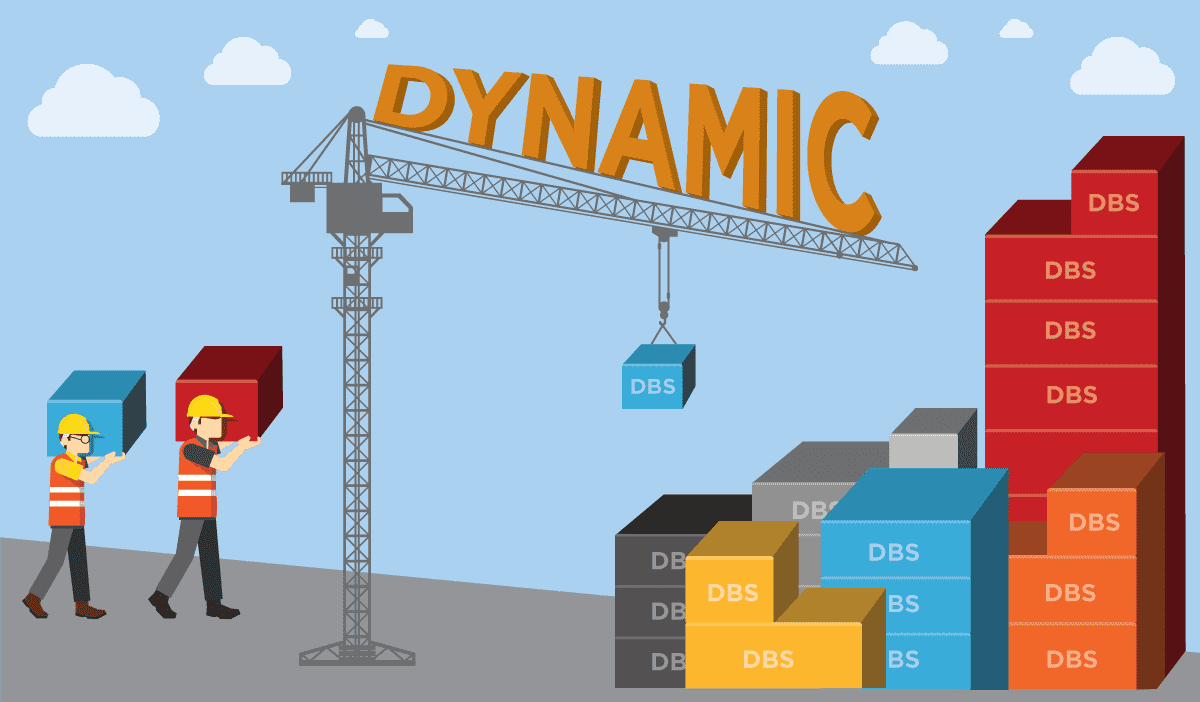Nomad 6.3 introduces a new mechanism to speed up downloads on high-bandwidth network links, whilst retaining the trusted safe and secure measures on low-bandwidth high-latency connections.
Nomad has always put a priority on moving content as fast as possible without ever impacting other WAN traffic. Nomad’s intelligent bandwidth throttling technology, ReverseQoS, is still the best in the field but we never sit still – we will continually look for ways we can innovate and improve performance in the real world.
In previous versions of Nomad, we had standardized on a block size of 32KB (although this could be changed, usually when optimising Nomad for a specific network environment). Historically, a block size of 32KB made perfect sense because we needed to get those blocks of content off the network and onto the local disk in the most efficient manner. The underlying file system, usually NTFS, had cluster sizes ranging from 4KB to 64KB. However, network links and local disks have become considerably faster, and a fixed block size severely restricts our efficiency.
To solve the high-bandwidth efficiency issue while still retaining minimal impact on low-bandwidth links, Nomad 6.3 introduces a mechanism called Dynamic Block Size (“DBS”). Using DBS, Nomad can automatically decide the appropriate block size for a given link (taking into consideration other business traffic, bandwidth, and latency). Nomad will dynamically adjust that block size as needed during the download when the link conditions change (such as congestion or other, more important, business traffic requires more bandwidth). As a result, Nomad is far more efficient and faster on all types of network connections while retaining its minimal impact on other traffic traveling on the same network connection.
So what does Nomad DBS look like in the real world?
On a 100Mbps link, speed gains were observed to be in a range of 3 to 13 times! With maximum speed gains of 1,236% on a network involving 250ms latency, 805% on 100ms and at least 242% on a network with negligible latency.
Our testing has shown that Nomad DBS does result in a greater local network and disk usage but has retained 1E’s original design decisions to never cause any adverse impact on the computer or any other user activity. If a user starts some other disk/network intensive activity (such as opening an extremely large Photoshop file) then Nomad will automatically adjust the block size to an optimal lower value. Even with all this happening in the background, Nomad ensures that the CPU utilization and memory usage is always maintained to a minimum.


How to configure Nomad DBS
Always review the latest information available at the online documentation here (may require registration):
As stated earlier, Nomad automatically uses DBS for all content transfers over HTTP or HTTPS, not SMB. With the recent SMB malware exploits, 1E highly recommends that customers take advantage of Nomad’s ability to use HTTP/HTTPS for all downloads, including peer-to-peer content transfers. Click here for more information.
For NEW implementations of Nomad; DBS is enabled by default for all HTTP/HTTPS downloads. No additional configuration is required.
If you’re UPGRADING an existing installation of Nomad; DBS is enabled by default, and the maximum block size will be automatically set according to what has already been configured.
If the block size is the default (32KB) then Nomad v6.3 will automatically update this to 128KB.
If you’re UPGRADING an existing installation of Nomad AND you’ve previously customised the BLOCKSIZE setting; then no changes will be made to that value, but Nomad will be limited to that maximum block size you have set. You will need to adjust this figure yourself, by reviewing and configuring the following Nomad setting:
- BLOCKSIZE – this will require reconfiguration
You may want to change the BlockSize registry value to at least 131072 (128KB). [Tip: 1KB = 1024 bytes, so 128 x 1024 = 131072]
Before importing the new Nomad v6.3 MSI package into your ConfigMgr environment, there are several options available to make this BlockSize change; such as:
- Including this change on the MSIEXEC command-line (eg: BLOCKSIZE=131072),
- Including this change in a MST transform file, or
- Using the 1E Endpoint Agent Installer Solution Accelerator (which provides a wizard interface to setup & configure all 1E agents for importing into ConfigMgr). You can download this tool from the 1E Support Portal.
After configuration, the BlockSize will be set to 131072 (128KB).

All done, you’re now ready for super-charged Nomad download speeds!
One more thing: for bare-metal installations (ie: when using the “Install and Configure Nomad in WinPE” task sequence step), the BlockSize will automatically be set to 128KB. However, if an existing OS is discovered on the disk and the BlockSize is set to 32KB, then Nomad will automatically limit the Nomad DBS BlockSize to 32KB – for backward-compatibility purposes.
Learn about the new features of Nomad now.




